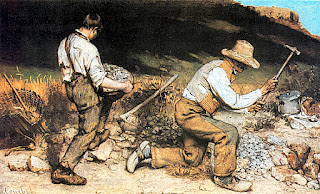Non-Western Blog

Non-Western Blog Title: Huichol Indian Sacred Tree of Life Artist: Andrew Osta Yarn Painting on Panel The reason I chose this piece is because it’s amazing and I could not quit looking at it. When looking at this particular piece it is the plant of life, peyote plant and only this exact plant could enhance divine relations with Huichol gods. It carries several colors of blue, red, yellowish green and white and many times represented as ear of corn in its original form. The significance of colors also came to light and runs the same way until today’s current Huichol art. Orange symbolizes their sacred land where all life began according to the Huichol. Yellow is used during ceremonies for face painting and comes from a root that grows in Wirikuta. Green is growth, young into men, grandfathers, the heart, healing, the heavens, and the earth. Blue signifies femininity, rain, water, Pacific Ocean, and the South and finally, red signifies masculinity, fire, and the East while whi...



%20(1).jpg)
.jpg)
